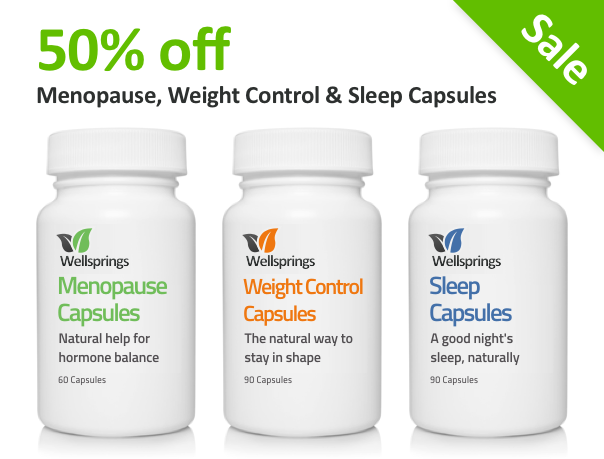How To Naturally Reduce Your Stroke Risk
Women worry more about cancer than stroke risk at menopause, but that is when your risk increases most. You can lower that risk with some simple changes in hormone balance, diet and lifestyle.
Menopause carries a higher risk for heart disease than for cancer, but many women are unaware that this is the case. We think it is men who are more likely to have heart disease but from 45-65 we have a greater chance of dying from a stroke than a man of the same age.
This is partly due to women not diagnosing themselves, or being diagnosed, as quickly in that situation as a man and often not getting the same treatment so recovery may be less full as a result.
Do you know your risk factors?
If you already know you have a history of heart attacks or strokes in your family then you can’t change that, but you can be more aware of your own risk and reduce it as much as possible. If there is someone in your immediate family who has suffered a stroke, you have twice the risk of a woman who does not have a family history of stroke and if you have already had a stroke or a Trans Ischemic Attack (TIA), which is a ‘mini stroke,’ you have a much higher chance of having another stroke.
Also you can’t do much about your age either and there has been a notable increase in strokes among women aged 45 to 55. Once you are over 55 your risk increases and a third of strokes occur in women before the age of 65.
That said there are risk factors that you can change such as these:
* Smoking. If you need one more reason to quit smoking, the risk of stroke is a good one. Quitting is really difficult, and most people need help to make such a big behaviour shift. It’s not a matter of will power alone –- it’s a strong, compelling addiction and you will need support and resources to quit smoking successfully.
* Weight Gain. Being in the obese range is a major risk factor for stroke, especially for women. In particular, if you have “central obesity,” marked by a waist circumference of more than 35 inches (40 inches for men) you are at greater risk for a stroke. If you have obesity as a risk factor, weight loss should go to the top of your list.
* High Blood Pressure. Do you know your blood pressure? Many women are surprised when they go in for an annual exam and find that their blood pressure has crept up into the danger area. A woman’s blood pressure can climb as much as 8 to 10 points a year in middle age. If you don’t know your blood pressure reading for sometime in the last 6 months, have it taken. And if you know it is high, get it treated. There are many treatments for high blood pressure, and keeping it down lowers your risk of stroke.
* High Cholesterol. Like blood pressure, cholesterol can begin to rise in your 40s. Be sure that you have a cholesterol screen when you have your annual exam, and then keep track of it. If it gets into the treatable range, it is a sign that you are at risk for stroke.
* Drinking Alcohol. Women who drink more than 2 drinks a day increase their risk of stroke by 50%.
* Exercise. Being even moderately fit can reduce your risk significantly, and women who are very fit can reduce their risk of stroke by as much as 43% over women who have low fitness levels.
Do you know what to look for?
The biggest risk factor with a stroke is delay in seeking help. Be aware of the signs and don’t ignore these crucial warnings so you know to get help immediately:
* Sudden weakness or numbness in your arm, leg or face – especially if it’s one-sided
* Confusion, difficulty understanding what others are saying, or problems speaking
* Loss of coordination, balance or ability to walk
* Double or blurred vision
* Sudden unexplained, unusual headache
How to naturally reduce your risk
Hormone balance at menopause is key as several of the risk factors such as excess weight and high blood pressure are associated with oestrogen dominance. Progesterone not only helps rebalance the excess oestrogen, but it is protective of the heart as it helps with menopausal symptoms such as hot flushes.
Change your shopping habits so you increase the amount of magnesium-rich foods as researchers at the Swedish Karolinska Institute found that the risk for the most common type of stroke in older people, ischemic stroke was reduced by 9 percent for each additional 100 mg of magnesium a person consumed each day. Make sure these are part of your overall diet:
* Green leafy vegetables such as spinach, kale and broccoli
* Nuts and seeds. Pumpkin seeds are an excellent source as are almonds and cashew nuts
* Wholegrain products such as brown rice, oat bran cereal and wholegrain bread
* Black beans are a particularly good source
* Fish. Halibut, oysters and scallops

















